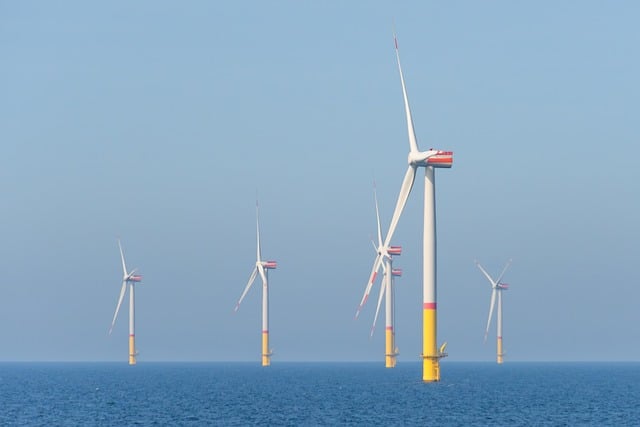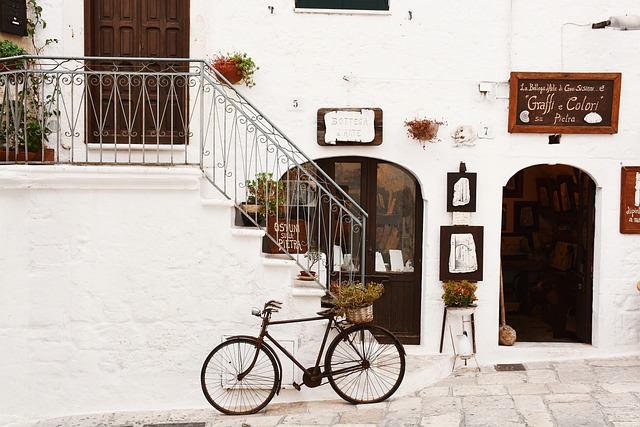In recent years, the concept of a passive house has gained remarkable traction as a beacon of hope amidst growing concerns over climate change and ecological degradation. These design marvels not only encapsulate the principles of sustainable development but also serve as a testament to our collective responsibility to reduce our ecological footprint.
The idea behind passive houses revolves around creating structures that require minimal energy for heating and cooling. This is achieved through carefully selected materials, strategic orientation, and innovative insulation techniques. By prioritizing energy efficiency, a passive house contributes to the larger goal of achieving carbon neutrality, making it a smart choice for the environmentally-conscious homeowner.
At the heart of this evolution is the integration of green technologies. From solar panels harnessing the sun’s energy to sophisticated ventilation systems that ensure air quality without sacrificing comfort, the implementation of such technologies can make a significant difference. Homeowners can not only enjoy reduced utility bills, but they can also take pride in their commitment to sustainable living, knowing that their home reflects their values.
Moreover, choosing to live in a passive house extends beyond individual benefits. It embodies a communal shift towards more responsible lifestyles. Each building designed with sustainability in mind adds to a collective effort aimed at reducing global warming and conserving our planet’s resources. This movement illustrates how even small changes can lead to monumental impacts when aggregated.
As we navigate the complexities of urban living and the increasing demand for housing, the adoption of passive house principles represents a promising pathway. By focusing on reducing our ecological footprints, we are not merely reacting to the environmental crisis; we are pioneering a future where green living is the norm rather than the exception.
In this context, the role of education cannot be overstated. Raising awareness about how passive houses function and their environmental advantages can inspire more people to consider this option in their housing decisions. Schools, community workshops, and social media platforms serve as powerful tools to disseminate this knowledge, enabling a wider audience to participate in this sustainable revolution.
Ultimately, the evolution of passive houses is not just about architecture; it is about creating a legacy for future generations. By embracing sustainable development today, we pave the way for a healthier planet and more resilient societies tomorrow. Choosing to invest in a passive house isn’t merely a personal choice; it’s a commitment to mitigating climate change and fostering an eco-friendly world.




